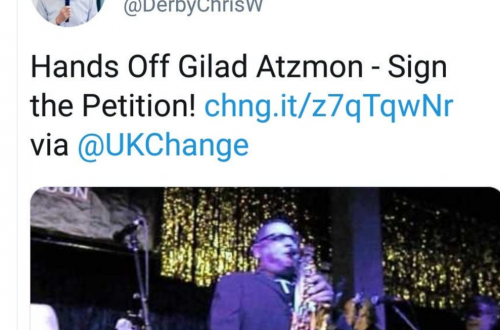Introduction by Karl Pfeifer
Magdalena Marsovszky, a German citizen born in Budapest, works as an independent scholar and writer (Hungarian, German, English). She is on the board of the Villigst Research Forum on National Socialism, Racism and Anti-Semitism. Her detailed and well-documented article explains why antisemitism and anti-Ciganism (bigotry against the Roma) are rampant in Hungary, although government propaganda denies they exist.
Magdalena Marsovszky is one of the most hated scientists in Hungary today, accused of betraying her mother country, of incitement against Hungarians and of publishing her articles on the “Zionist” website hagalil.com– “Zionist” being the traditional Hungarian codeword for Jewish since the days of the communist rule. (The website in question is not Zionist at all and often publishes articles critical of Israel and traditional Zionist positions, i.e. texts by Uri Avnery.)
Ever since “modern antisemitism” emerged during the nineteenth century, this phenomenon has become a regular fixture in Hungary too. It always intensifies during times of sociopolitical crisis, most strongly in the decades following World War I and the subsequent Paris Peace Treaties, and clearly again since the collapse of real communism. Could troubling structural parallels once again lead to an escalation of violence? This article seeks to answer this question. Beginning with a snapshot of the current state of fear in Hungarian society and the overly narrow conception of antisemitism in Hungary, a second section goes on to describe the emergence and development of ethnic-völkisch thought as the most important mobilizing factor behind exclusionary tendencies. A third section, on the construction of “the Jew”, draws on theory to describe the manifestations of antisemitism in this country, and a forth section corroborates this theory using empirical examples of antisemitic mobilization. How this mobilization is already resulting in violence, and how the widening schism within society, the sacralization of the nation, and the nationalist victim narrative are all exacerbating the spiral of violence, is shown in the final three sections.
Read the rest here.


